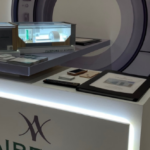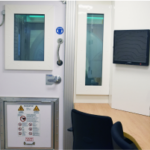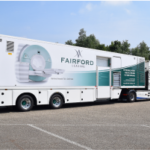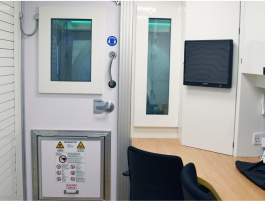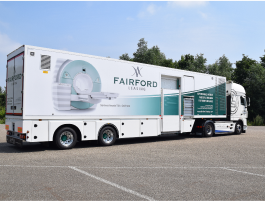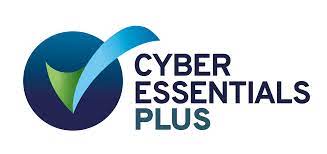Confirmed through countless studies, the potential that artificial intelligence holds in enhancing patient outcomes is no secret. With the ability to analyse immense swathes of data-sets and extract meaningful insights, the practice of radiology and pathology are set to benefit from the continuation in development of AI-based medical imaging solutions. Until now, however, no roadmap existed to guide both government and industry through the adoption and implementation of such solutions.
This April, a new research blueprint for the adoption of AI in medical imaging was published in the Journal of Radiology. Based on findings from a recent workshop in Bethesda, Maryland that explored the future of AI in medical imaging, the ground-breaking report calls for the commitment from standards bodies, professional societies, governmental agencies, and private industry to work together to accomplish a set of shared goals for the sake of improving patient outcomes through innovative imaging technology.
A key area of focus is the reduction of diagnostic errors that may lead to unnecessary surgeries and treatment methods that cause harm to the patient. Diagnostic errors play a role in up to 10 per cent of patient deaths, and between 3 per cent and 6 per cent of image interpretations by radiologists contain clinically important errors, the report said.
Detailed in the report are solutions that would potentially aid in producing more publicly available data sets for which to compare new algorithms against. These include automated image labelling and annotation methods, new machine learning methods for clinical imaging data, machine learning methods that can explain the advice they provide to human users and new image reconstruction methods that efficiently produce images suitable for human interpretation from source data.
Machine learning algorithms will transform clinical imaging practice over the next decade by reducing diagnostic errors, improving patient outcomes, enhancing efficiency and lowering costs, the authors predict. The higher efficiency provided by AI will further allow radiologists to perform more value-added tasks, becoming more visible to patients and enhance their level of care.
As artificial intelligence techniques in image analysis continue to experience rapid growth, ambitious entrepreneurs, engineers and scientists are actively working to capitalise on the capabilities of deep learning for medical imaging. In Silicon Valley, for example, MedTech start-up Subtle Medical, is developing a suite of AI-fuelled medical imaging applications that harness deep learning neural networks to enable contrast and radiation dose reduction, improving patient comfort and safety as well as boosting productivity for radiologists and enhancing their workflow.
Their first product, SubtlePET, has already proven successful in reducing the amount of time and radiotracer dose needed to perform a PET scan, a medical imaging technique commonly used to diagnose cancer. Having received FDA approval in the US and the CE Mark in Europe in 2018, the company is using AI transform the field of radiology by saving time and money for healthcare practices and increasing speed and accuracy of patient diagnoses.
Meanwhile, start-up ImFusion have been developing a tool that transforms 2D ultrasound data into 3D images. By superimposing real-time images from a 2D ultrasound probe onto a previously obtained CT or MRI image through a sophisticated AI algorithm, ImFusion’s AI solution allows physicians to get a 3-Dimensional view into a patient’s body during a surgical procedure, providing valuable insights that inform treatment decisions.
The application of artificial intelligence in medical imaging has been one of the most promising areas of health innovation in recent times, and predictions made in studies past are finally beginning to materialise as AI becomes a practical tool as opposed to a futuristic concept. With the blueprint laid down and a growing hunger from government and industry to capitalise on the potential of artificial intelligence, it won’t be long before AI is part and parcel of the role of a radiologist.


